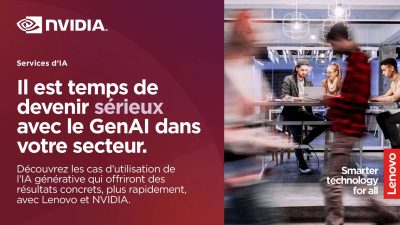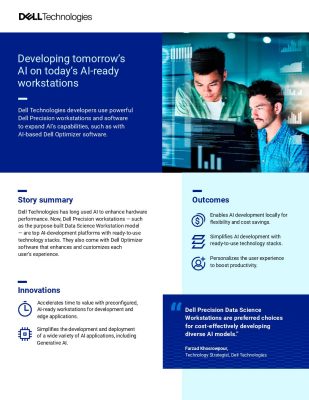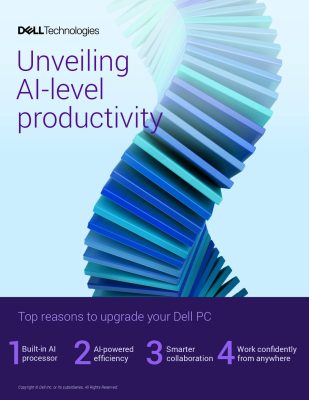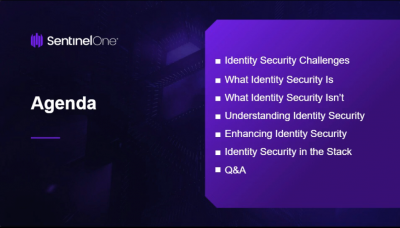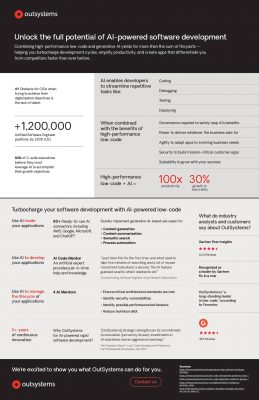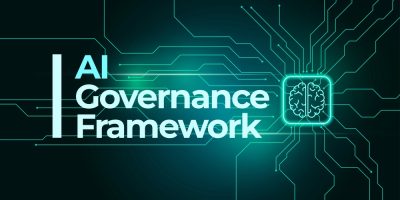Highlights:
- The latest Gradio version simplifies AI development with a new AI-powered app creation tool, enhanced web development features, and improved security.
- A key benefit of creating an app on Gradio’s platform is its direct integration with Hugging Face’s AI model hub.
Hugging Face Inc., an artificial intelligence startup, aims to lower the barriers to AI development by launching Gradio 5. Hugging Face’s Gradio 5 is the newest version of its open-source tool for creating machine learning applications.
Gradio’s newest version is designed to simplify AI development and introduces a brand-new AI-powered app creation tool, enhanced web development features, and a heightened emphasis on security.
Hugging Face runs a popular platform dedicated to hosting open-source machine learning projects. Comparable to GitHub, which hosts the core code for millions of enterprise and open-source applications, Hugging Face focuses specifically on AI models. The platform stores the code for over 1.3 million AI models, including large language models used in generative AI, and also hosts more than 450,000 training datasets and other technical resources.
Serving as a central hub for AI, Hugging Face has become a major force in the industry. Unsurprisingly, it has attracted investments from several leading tech companies, including Nvidia Corp., which participated in the startup’s most recent USD 235 million funding round.
The company acquired Gradio in 2021 and utilized the startup’s technology as the basis for its own development studio. It has since evolved into a vital component of its AI platform, boasting over 2 million monthly users and more than 470,000 applications developed on it to date.
With the launch of Gradio 5 today, Hugging Face has unveiled an experimental “AI Playground” that allows users to easily create and preview AI applications using only natural language prompts. According to Abubakar Abid, the Founder of Gradio, in an interview with a leading media house, this feature is akin to other no-code or low-code app-building platforms. Users can simply input a text prompt describing the application they wish to create, and the system will comprehend the request and convert it into Gradio code.
What sets it apart from other environments is its ability to provide users with an instant web-based preview of their applications, allowing them to run it directly in their web browser.
This is a significant innovation for Hugging Face, and considering the startup’s pivotal position in the AI ecosystem, it has the potential to unlock AI app development for citizen developers while significantly shortening the time required for experienced users to create new applications.
A key benefit of developing an app on Gradio’s platform is its direct integration with Hugging Face’s AI model hub. This means that once a model is uploaded to the repository, developers can easily bring it into Gradio to power a new web application with just a few lines of code—or, now, even just a few spoken commands.
Another important focus of the Gradio 5 release is to bridge the gap between machine learning developers and web development, as stated by the company. Abid noted that while most machine learning developers are highly skilled in Python, they often have less experience with web development, which requires a different set of programming languages and tools.
Abid said in an interview, “Gradio lets developers build performant, scalable apps that follow best practices in security and accessibility, all in just a few lines of Python.”
Moreover, Gradio 5 has seen improvements in its security features, approaching what Abid refers to as “enterprise-grade.” He explained that the company engaged the cybersecurity firm Trail of Bits Inc. to conduct an independent audit of Gradio’s new codebase, which included all the fixes for issues the company had previously identified.
Abid mentioned that the latest version of Gradio is essentially a work in progress, with the company planning to introduce many more features and functionalities in the upcoming weeks and months. These enhancements will include mobile support, multipage Gradio apps, sidebars, navigation bars, and support for new modalities involving images and video.
